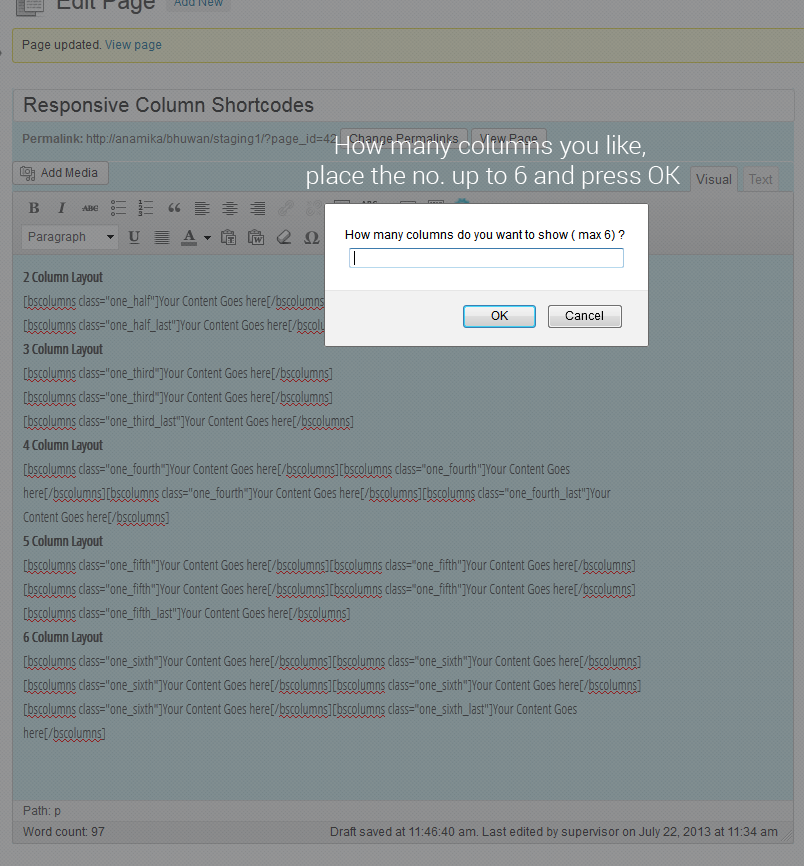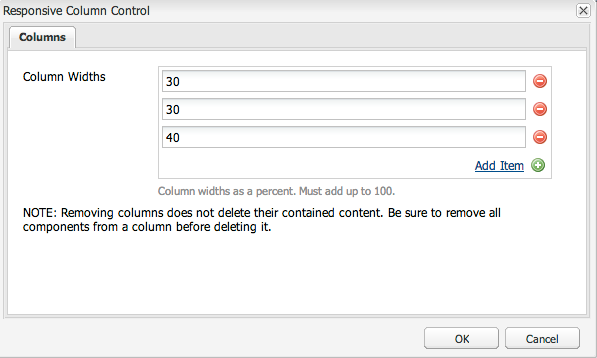

And one more thing to note here: we mentioned the GAPS between each cell. Notice how everything else scales automatically.

And the math is done FOR us, so if we want this column to be TWICE the width of the others, we just set it to 2 FR. Four columns? 1 FR each? Now each takes up 1/4th.

Three columns? Each set to 1 FR? That means each will take up 1/3rd of the width. Because before grid came out, we’d manually calculate things like percentages, pixel values (and YOU can still use these).but FRs replace everyone having to manage their own Cartesian coordinate systems in favor of something far more straightforward. Want to adjust the columns themselves? You can do this, too you can adjust sizing on a column by clicking and dragging - you can do this right on the canvas when you’re editing a grid.īy the way, FRs (the FR unit on these columns)? These are fractional units. And we can just click and drag so we can adjust that space (you can adjust the GAPS between the rows and columns).īut it gets better. Grids are non-destructive in that they’re just GUIDES for the content we’ll put inside. BECAUSE they’re guides, deleting a column or row might push things around, but it’s not deleting actual content.Īnd that’s the main idea: there is NO wrong move you can make when creating a grid. And in spreadsheets or tables, deleting a row or column usually DESTROYS the content inside.
#Responsive columns manual
We’ll cover this later on when we talk about Manual position in more detail, but there’s one, really important point to make here. If we want to manually position this? Just set it to manual. That’s because elements added to a grid, by default, are AUTOMATICALLY positioned. Once we’re done editing the grid, let’s close out.Īnd here’s the first thing that might seem odd: if we want to drag an element to the bottom right cell? It just.doesn’t work. And notice how the contents automatically wrap to fill up the space inside. When you’re editing, you can add columns or rows to your grid. In fact, new rows will be automatically created.Īnd at any time, to edit a grid.press edit grid.

By default, things take up the available cells, and wrap to the next line automatically. Now he has a grid.Īnd how do we use a grid? Well, we just put stuff inside. Grimur: I’m working on a late-night project and accidentally spilled coffee, causing my other hand to lean in just the perfect way on my Windows-compatible keyboard to press both the CONTROL and E keys at the same time. Working on a late-night project and accidentally spill coffee, causing your other hand to lean in just the perfect way on your macOS-compatible keyboard to press both the Command and E keys at the same time? Start typing Grid, press Enter. Collection list filled with dynamic content from the CMS? Set its display setting to Grid? Now you have a grid. On the Add panel? There’s a grid you can just drag right in. So with that in mind, let’s start with the basics. (You can push things around, but the things INSIDE the grid will be GUIDED by columns.and rows.)Īnd this is the DEFAULT behavior for CSS Grid (things are AUTOMATICALLY positioned.and they wrap to the next row when they run out of columns). It’s no different than arranging apps and widgets on iOS. Before we begin - let’s clear up something.
#Responsive columns how to
We’ll cover grid-based layouts in 6 parts: we’ll show how to create and configure grids, we’ll talk about the magical div block, we’ll use grid AUTO position to create an image grid layout, we’ll use MANUAL position and OVERLAPPING to create a four-quadrant hero section, we’ll go into reusable layouts using grid template areas, and then we’ll cover making grid layouts responsive to work on DIFFERENT devices. But it can be used to create anything form basic structures to entire websites. CSS grid is used by frontend developers and designers to build ALL kinds of modern web layouts and interfaces - in fact, it’s the layout structure for apps like Slack and the Webflow Style panel itself.


 0 kommentar(er)
0 kommentar(er)
